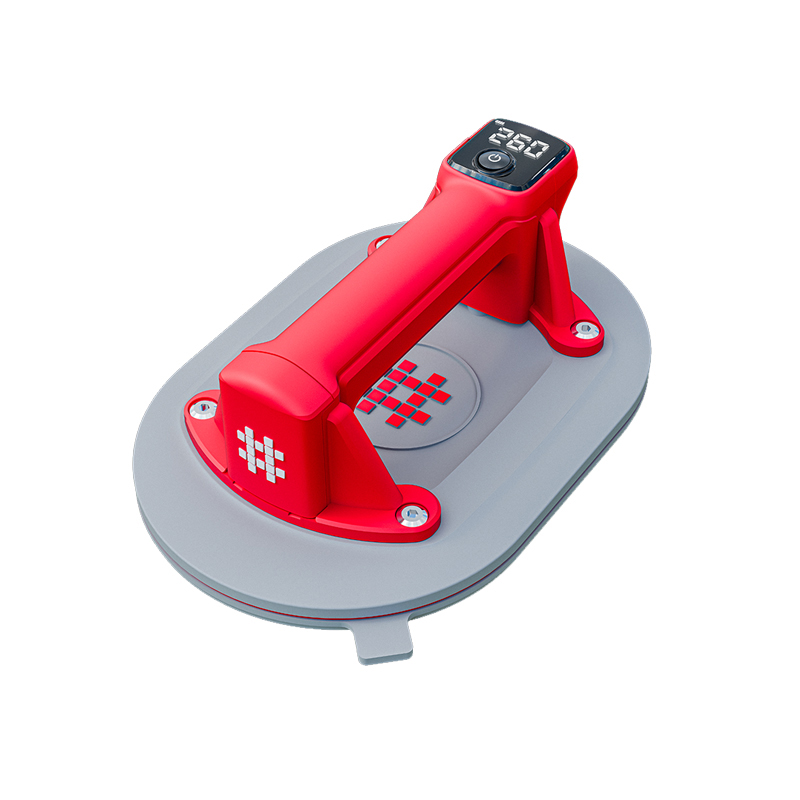You can learn the recent information of Shijing.
.jpg)
In recent years, the construction industry has witnessed a remarkable advancement in technology, transforming the way professionals work and creating new opportunities for do-it-yourself (DIY) enthusiasts. However, amidst the emergence of high-tech tools, one traditional instrument continues to shine—the manual tile cutter. With its precision, ease of use, and cost-effectiveness, this classic tool has stood the test of time and become an indispensable asset for both professionals and homeowners.
The manual tile cutter is a simple yet ingenious device designed to cut ceramic, porcelain, and other types of tiles with accuracy and efficiency. Consisting of a sturdy base, a scoring wheel, and a breaker, this tool operates on a straightforward principle. By scoring the surface of the tile and applying pressure to the scored line, the cutter neatly snaps the tile along the desired cut, ensuring a clean and precise result.
One of the primary advantages of using a manual tile cutter is its portability. Unlike heavy and cumbersome power tools, a manual cutter can be easily carried and used at any location. This versatility makes it an ideal tool for professionals working on-site or DIY enthusiasts tackling home improvement projects. Whether it's a bathroom renovation or a kitchen backsplash installation, the manual tile cutter provides the flexibility needed to achieve professional-quality results without the need for complicated machinery.
Moreover, the manual tile cutter's precision is unmatched. The scoring wheel, typically made of tungsten carbide or diamond, allows users to create clean and accurate cuts. This level of precision is crucial when dealing with intricate tile patterns or when working with small-sized tiles. Additionally, the manual cutter's ability to cut both straight lines and angled cuts gives users the freedom to explore various design possibilities and create customized tile layouts.
Another significant advantage of manual tile cutters is their cost-effectiveness. Unlike power tools that require electricity or batteries, manual cutters rely solely on human power. This eliminates the need for additional expenses such as electricity bills or battery replacements. Furthermore, manual cutters have fewer moving parts compared to electric cutters, reducing the risk of mechanical failures and costly repairs. Investing in a high-quality manual tile cutter can save both professionals and DIY enthusiasts money in the long run.
Over the years, manufacturers have continued to improve manual tile cutters, introducing innovative features that enhance their usability. For instance, many models now come equipped with built-in measurement scales, allowing users to accurately measure and cut tiles without the need for additional tools. Some advanced manual cutters even incorporate breaking wings that support larger tiles, minimizing the risk of breakage during the snapping process. These enhancements make the manual cutter even more user-friendly and efficient.
Furthermore, as environmental concerns grow, manual tile cutters offer a sustainable alternative to their powered counterparts. By eliminating the need for electricity or batteries, manual cutters reduce energy consumption and carbon footprint. Additionally, the absence of noise pollution associated with power tools makes manual cutters a popular choice for environmentally conscious professionals and homeowners.
 English
English 中文简体
中文简体 русский
русский Español
Español Deutsch
Deutsch
.jpg)
-1.jpg)


.jpg)

.jpg)
.jpg)



-2.jpg)
-2.jpg)

.jpg)


.jpg)







